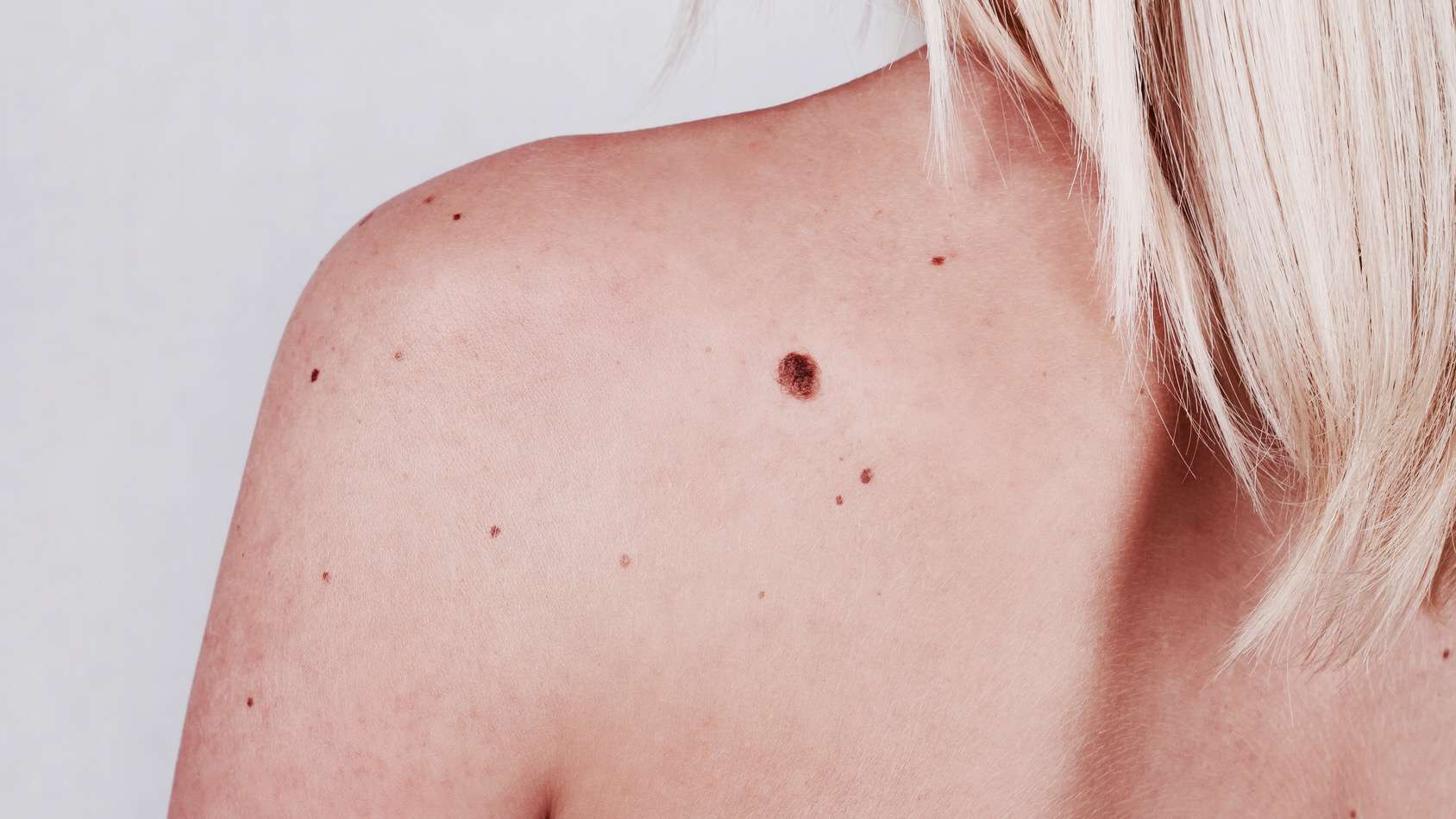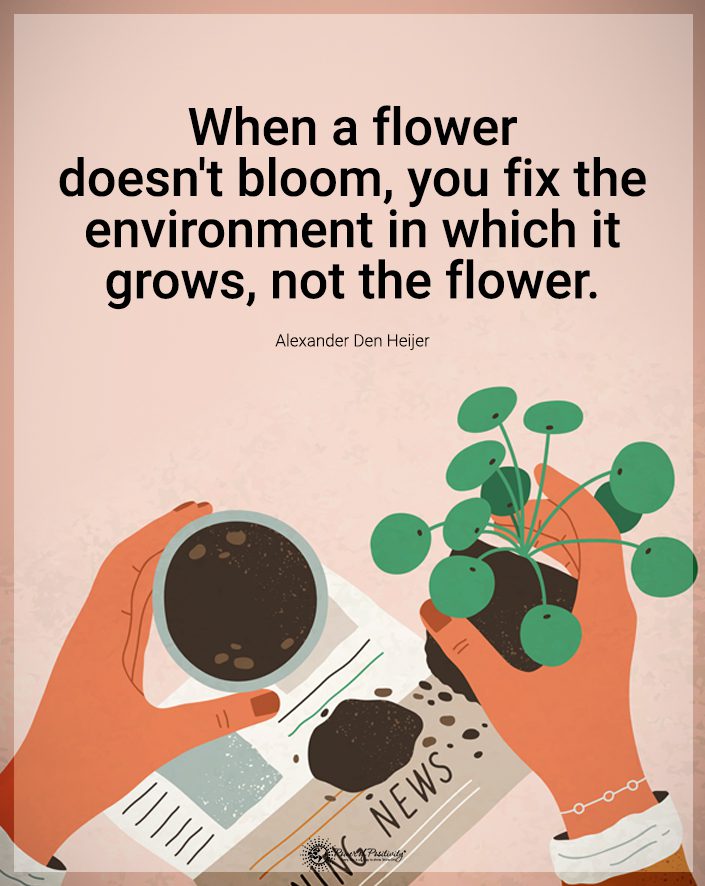Here’s how your skin may be the first alert to health problems.
Your skin is the body’s largest organ and is crucial in shielding our insides from the external environment. But did you know it also provides a window to our internal health?
The relationship between your skin and overall health is intricate and interwoven. Every change, no matter how minor, can be a piece of a larger puzzle. It underscores the importance of maintaining skin health and seeking professional advice when you notice consistent or concerning changes.
This article will look at how your skin might be trying to communicate with you about your overall health.
Eight Warning Signs Your Skin May Reveal About Your Health
Your skin is more than a mere protective barrier. Instead, it’s a mirror reflecting your internal health. Paying attention to its signals can provide invaluable insights into your overall well-being. Always consult with healthcare professionals if you notice any unusual changes.
Watch for these signs:

1 – Freckles and Moles: The Sun’s Impact on Your Skin
Everyone has unique patterns of freckles and moles on their skin, often determined by genetics and sun exposure. However, the sudden appearance of new freckles or moles or changes in existing ones should be noted with caution. Regular sun exposure can lead to increased freckles due to the skin attempting to protect itself from harmful UV rays. On the other hand, moles might change in size, color, or shape, which can be a potential sign of skin damage or increased risk of skin cancer.
Key Takeaway:
Protect your skin by limiting direct sun exposure and using sunscreen, especially during peak hours. Make it a habit to perform regular skin self-checks, and if you notice any changes in your moles or freckles, consult a dermatologist promptly.
2 – Adult Acne: More Than Just a Skin Deep Issue
While acne is often associated with teenagers, many adults experience breakouts, too. These aren’t just simple skin flare-ups; they can indicate underlying health issues. Hormonal imbalances often trigger adult acne.
Factors like stress and certain inflammatory foods can exacerbate the condition, leading to deeper cystic acne. For women, hormonal fluctuations during menstrual cycles can also result in acne flare-ups.
More importantly, if accompanied by irregular periods, unexpected weight gain, and excessive hair growth, it could point toward a condition called Polycystic Ovarian Syndrome (PCOS).
Key Takeaway:
If you suspect your acne isn’t just a superficial issue, seek advice from a dermatologist or endocrinologist. They can provide insights into potential hormonal imbalances and recommend appropriate treatments.
3 – Red Thickened Skin with Silvery Scales: Understanding Psoriasis
If you observe patches of red, inflamed skin covered with silvery scales, it might be indicative of psoriasis. Psoriasis is an autoimmune condition which accelerates skin cell turnover.
Instead of being shed, these skin cells accumulate, leading to the characteristic patches. The exact cause of psoriasis remains unknown. Still, genetic predisposition and triggers like stress, infections, or certain medications can play a role. Thankfully, advancements in medicine, such as immunotherapy, have shown promise in treating some cases.
Additionally, numerous natural and homeopathic remedies can alleviate symptoms.
Key Takeaway:
If you suspect you have psoriasis or are experiencing symptoms, consult a dermatologist. Early detection and appropriate management can significantly improve the quality of life for those with the condition.
4 – Pale Skin: More than Just a Fair Complexion
It could signal anemia if you’ve recently noticed your skin turning unusually pale, especially when accompanied by fatigue or shortness of breath. Anemia is when your body lacks sufficient healthy red blood cells to send oxygen to all its tissues. One common type of anemia is iron deficiency anemia, which, as the name suggests, results from inadequate iron in the body. Addressing this can be as straightforward as incorporating more iron-rich foods into your diet or taking prescribed iron supplements.
Key Takeaway:
A sudden shift towards paleness can be significant. While it might be a relatively benign iron deficiency, it’s essential to rule out more severe conditions like internal bleeding or leukemia, a type of blood cancer. Always consult a physician if you experience sudden or drastic skin changes.
5 – Dark Patches: The Silent Warning of Insulin Resistance
Darkening of the skin, especially in the creases and folds, coupled with a velvety texture, is medically termed acanthosis nigricans. This skin manifestation often hints at insulin resistance, a condition where the body’s cells don’t respond to the hormone insulin effectively.
Over time, insulin resistance can cause type 2 diabetes, a chronic disease with wide-ranging health implications.
Key Takeaway:
If you notice dark, velvety patches forming on your skin, especially around the neck or armpits, it’s time to consult a doctor. A simple fasting blood glucose test can help gauge your blood sugar levels. Achieving controlled blood sugar levels can reduce the risk of diabetes and also aid in lightening these skin patches.
6 – Persistent Itchiness: Beyond a Simple Skin Irritation
The occasional itch is a universal experience, often attributed to minor skin irritants or transient factors. However, if you find yourself incessantly scratching, exploring the cause is essential.
Persistent itchiness can stem from allergic reactions due to dietary changes, new personal care products, or a shift in laundry detergents. It’s crucial to pinpoint and eliminate potential allergens to assess any improvement.
Key Takeaway:
Chronic itchiness isn’t just uncomfortable—it can be a warning sign of underlying health issues. Consider further medical evaluation if eliminating common allergens doesn’t relieve your symptoms. Diseases like celiac disease, where the body reacts adversely to gluten, or diabetes can manifest as unrelenting itchiness.
7 – Dry Patches: Not Just a Simple Skin Quirk
Encountering dry skin patches can often be attributed to environmental factors, like the cold and dry air during winter months. Dehydration also plays a role in drying out the skin, as does a deficiency in essential nutrients like omega-3 fatty acids.
Simple measures like increasing water intake, applying a nourishing skin moisturizer, and incorporating foods rich in omega-3s, such as walnuts and edamame, can be beneficial to alleviate these dry patches.
Key Takeaway:
While dry skin is common and often benign, paying attention to any accompanying symptoms is essential.
Do you ever notice persistent dry patches and symptoms like these?
- Fatigue
- Unexpected weight gain
- Constipation
These could indicate an underactive thyroid gland, also known as hypothyroidism. A straightforward blood test can ascertain thyroid function, helping to address potential concerns promptly.
8 – Red Cheeks: Beyond Blushing
Sudden redness or flushing of the cheeks may seem harmless, attributed to embarrassment or a reaction to a hot environment. However, persistent redness could indicate rosacea, especially if coupled with visible blood vessels or pimple-like bumps. While the exact cause of rosacea remains elusive, specific triggers are known to exacerbate the condition. These include cold weather, spicy foods, alcohol consumption, and periods of heightened stress.
Key Takeaway:
If you notice consistent redness in your cheeks, it might be more than just a reaction to your surroundings. So please consult a dermatologist who can provide insights into potential rosacea triggers for you and recommend treatments to manage the condition. In the meantime, you should rethink that spicy burrito and margarita combo and consider some stress-reducing activities other than that intense curling match!
Other Considerations to Ponder
Here are some things to consider if you see these changes occurring:
- A Dynamic Interface: The skin constantly converses with our body’s systems, from the endocrine to the immune. Changes on the skin can be symptomatic of systemic changes, a subtle nudge, or sometimes a glaring indication that all is not well within.
- Proactivity Over Reactivity: By observing and understanding our skin’s signals, we can adopt a proactive approach to health. Addressing concerns when they first manifest on the skin can prevent more significant complications.
- Beyond Aesthetics: While modern society often places a premium on flawless skin for aesthetic reasons, the actual value of skin health runs far deeper. Healthy skin exemplifies balanced nutrition, adequate hydration, optimal hormonal function, and a robust immune system.
- External Factors: It’s not just internal health that the skin reflects. External triggers, such as stress, environmental pollutants, and dietary choices, often manifest on the skin first. These signs, if heeded, can guide us in making lifestyle changes that benefit not just the skin but overall well-being.
- Seek Expertise: While being attuned to your skin’s changes is invaluable, it’s equally crucial to seek expert advice. Dermatologists and other healthcare professionals provide an essential bridge between observation and actionable insights, guiding us in understanding the deeper implications of skin changes.
Final Thoughts on the Connection Between Your Skin and Health
The magnificent canvas that envelops our body is not merely a passive barrier against environmental factors. It actively communicates, often as a reliable gauge of our internal health. The dialogues between the skin and our body’s internal systems reveal a profound interconnectedness, reminding us that we cannot categorize and must consider holistic health.
Indeed, the interplay between our skin and internal health is a testament to the body’s holistic nature. Every freckle, patch, flush, and itch is a story, a dialogue, a clue. As custodians of our health, our challenge and privilege lie in listening, understanding, and acting upon these messages. In its silent eloquence, the epidermis reminds us repeatedly that proper health is a harmonious blend of the internal and external, the seen and the unseen.



















